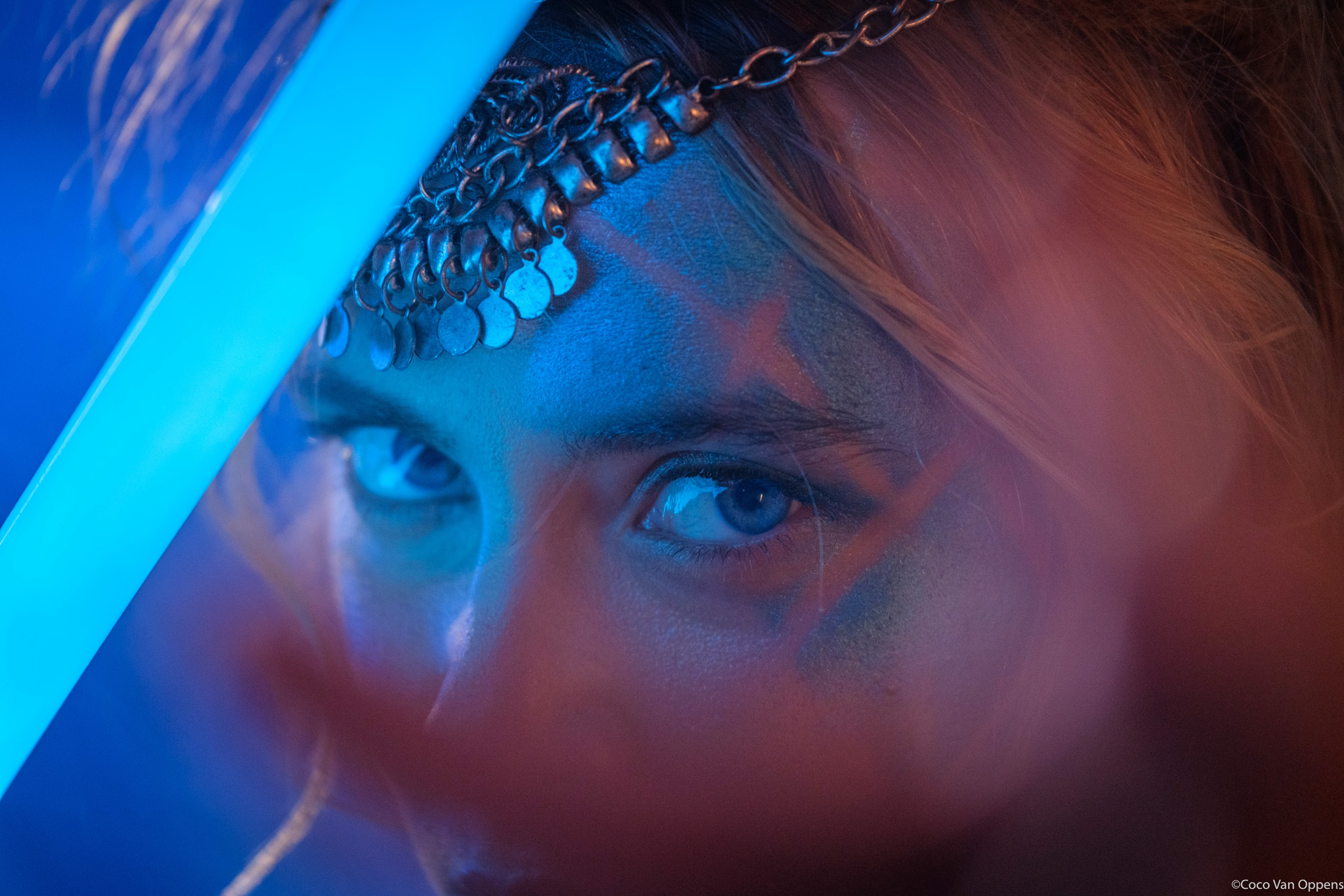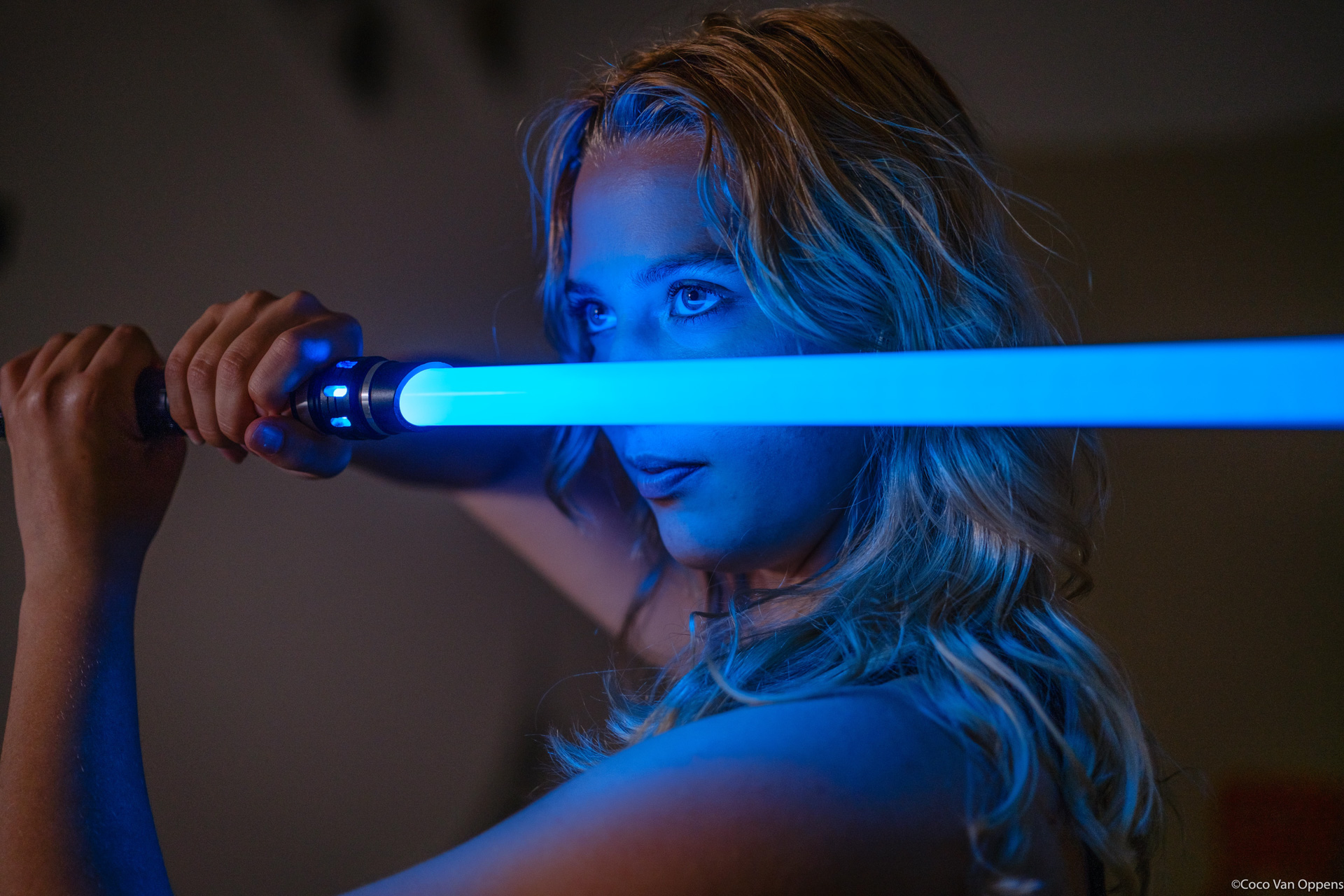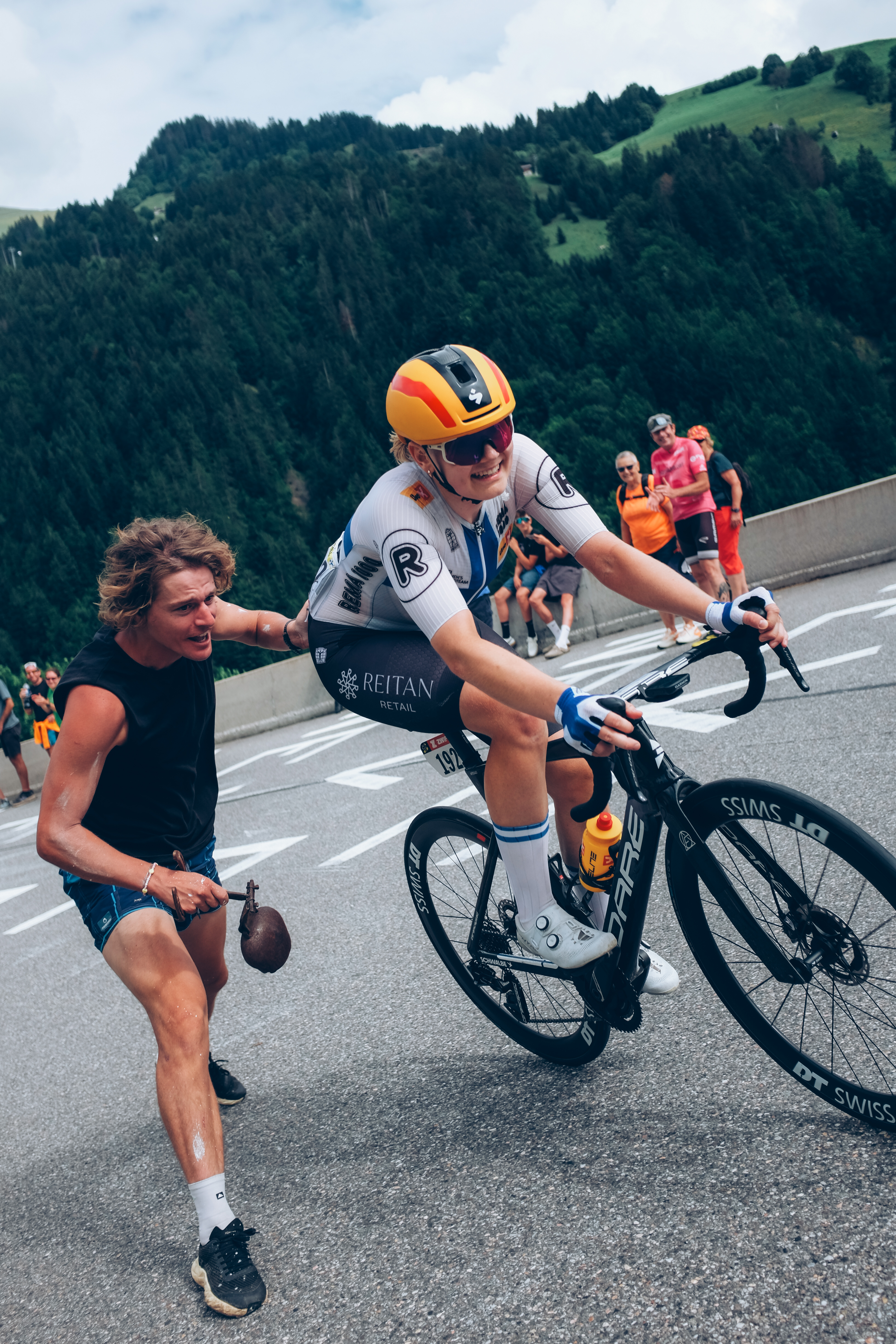A few of my favourite lenses: Coco Van Oppens
Fujifilm ambassador Coco Van Oppens takes us through the list of lenses that makes her life on set as a unit-stills photographer a lot easier.
Let’s start with your favourite prime – the Fujinon XF35mmF2. Why does this lens make your list?
The Fujifilm XF35mmF2 is a popular prime lens known for its compact size, sharp image quality and fast autofocus performance. On set I needed something small and fast, a prime that covers what our eyes see, on the crop sensor cameras it’s the trusted 50mm.
Here are some reasons why appreciate this lens:
- Compact and Lightweight: The XF35mmF2 is compact and lightweight, making it a great choice for those who want a versatile lens without sacrificing portability.
- Wide Aperture: With a wide aperture of f/2, this lens is capable of capturing images with a shallow depth of field, allowing for beautiful background blur (bokeh). This is particularly useful for portrait and low-light photography.
- Fast Autofocus: The lens features a fast and accurate autofocus system, making it suitable for capturing quick and spontaneous moments, such as candid shots or street photography.
- Weather Resistance: Some Fujifilm lenses, including the XF35mmF2, come with weather-sealing, providing added durability and allowing photographers to shoot in various weather conditions.
- Optical Quality: The lens is known for its sharpness and optical quality, delivering clear and detailed images across the frame.
- Versatility: The 35mm focal length is considered a versatile choice, suitable for a wide range of photographic styles, including street photography, portraits, and general-purpose shooting.
You also recently bought the XF33F1.4. There’s not a lot of difference in terms of focal length between 33mm and 35mm – why did you commit to the lens?
The choice between the XF33mmF1.4 and the XF35mmF2, despite the subtle focal length difference, often comes down to individual preferences, specific use cases, and the features each lens offers. Here is the reason that influenced my decision:
Specific Use Cases: The choice between these lenses might also depend on the type of photography you primarily engage in. For example, portrait photographers might favour the XF33mmF1.4 for its wider aperture, while street photographers might appreciate the smaller size of the XF35mmF2.
Aperture: The XF33mmF1.4 has a wider maximum aperture (f/1.4) compared to the XF35mmF2 (f/2). I was looking for a faster prime, did some research online and discovered that the new 33mmF1.4 LM WR linear motor lens works well with the Fujifilm X-T5 body. Despite the fact that it does weigh more and has a higher price tag the extra stop of light works really well in my case.
Now that you have used it, what do you believe is the XF33F1.4’s strongest feature?
After trying out the 33mmF1.4, I’m truly impressed with the image quality it delivers, especially in low-light conditions on film sets. With its robust build, swift autofocus, and weather sealing, the nifty fifty has become an obvious choice for me, particularly considering the nature of my work on film sets. Currently, it serves as my go-to portrait lens for spontaneous shots with actors, providing ample versatility.
However, I’ll continue to keep the 35mmF2 in my kit for instances when I require a compact and lightweight lens, perfect for street photography.
Onto the zooms – in your job as a unit stills photographer, how important is the versatility that zooms provide?
In the context of unit stills photography, the importance and versatility that zoom lenses provide is significant. Unit stills photography involves capturing behind-the-scenes images on film and television sets, including shots of the cast, crew, and various production activities.
- Changing Perspectives Quickly: On a film or television set, the action can happen rapidly, and the ability to quickly adapt to changing scenes and perspectives is crucial. Zoom lenses allow photographers to zoom in for close-ups or zoom out for wide-angle shots without changing lenses, making it easier to capture different aspects of the production efficiently.
- Flexibility in Framing: Zoom lenses provide a range of focal lengths, allowing us on set photographers to adjust our framing without physically moving. This flexibility is particularly useful in environments where there may be limited space or restrictions on movement.
- Adapting to Different Locations: Film and television productions often involve shooting in various locations with different spatial constraints. A zoom lens can help a unit stills photographer adapt to the available space and capture images in environments where it might be challenging to move around freely.
- Candid Moments: Zoom lenses enable us to capture candid moments from a distance without being obtrusive. This is valuable for documenting authentic behind-the-scenes interactions without disrupting the natural flow of the production.
- Efficiency in Fast-Paced Environments: Film and television sets can be fast-paced environments with changes happening quickly. A zoom lens allows a photographer to respond swiftly to these changes without the need to switch lenses, ensuring that important moments are not missed.
- Reducing Gear Changes: Changing lenses can take time and might not be practical in certain situations. A zoom lens minimizes the need for frequent lens changes, which can be advantageous in fast-paced and dynamic settings.
While zoom lenses offer versatility, the choice of specific focal lengths depends on the photographer’s preferences and the nature of the shots they aim to capture. Some unit stills photographers may opt for a combination of prime and zoom lenses to have a well-rounded kit that meets the demands of different scenarios on set.
Regarding the XF16-55mmF2.8 – how important is the f/2.8 across the zoom range? Do you often shoot wide open or do you prefer to stop down?
I frequently opt to shoot at or around f/2.8, depending on the narrative I aim to capture in the moment. I enjoy leveraging the lens’s maximum aperture, particularly in low-light scenarios and for creative effects. The wider aperture allows me to craft a specific atmosphere and make the most of the available light to tell a compelling visual story.
The 16-55mm lens is a frequently utilised essential in my kit, serving as a daily go-to on set. With its equivalent 24-70mm field of view, it aligns closely with the typical focal range of storytelling, making it a must-have on any film set.
What benefits does the XF50-140mmF2.8 bring to your photography?
Last but certainly not least, the 50-140mm zoom lens stands out as one of my absolute favourite pieces of glass. I’ve been using this lens for over six years, and it continues to captivate me, particularly when shooting at 140mm at f/2.8. The exceptional quality and sharpness consistently deliver the cinematic feel I seek, making it an indispensable part of my gear line-up.
Other pluses:
Optical Image Stabilisation (OIS): The lens is equipped with optical image stabilisation, which helps reduce the impact of camera shake. This feature is especially beneficial when shooting at longer focal lengths or in lower light conditions, enhancing the lens’s usability in a range of situations.
Weather Resistance: The lens is built with weather-resistant construction, providing durability and allowing photographers to shoot in various environmental conditions. This is especially important for outdoor photography where the weather can be unpredictable.
Professional Build: The lens is constructed with a robust and professional build quality, making it suitable for demanding shooting situations. This is a desirable characteristic for professional photographers who require reliable and durable equipment.
The XF50-140mmF2.8 is often chosen by photographers who need a high-performance telephoto zoom lens with a constant aperture for various applications. Its combination of focal length versatility, wide aperture, optical stabilization, and weather-resistant design makes it a valuable tool for capturing a wide range of subjects in different conditions.
Website: www.cocovanoppens.com
Instagram: @cocostills
Facebook: Coco Van Oppens Photography
















